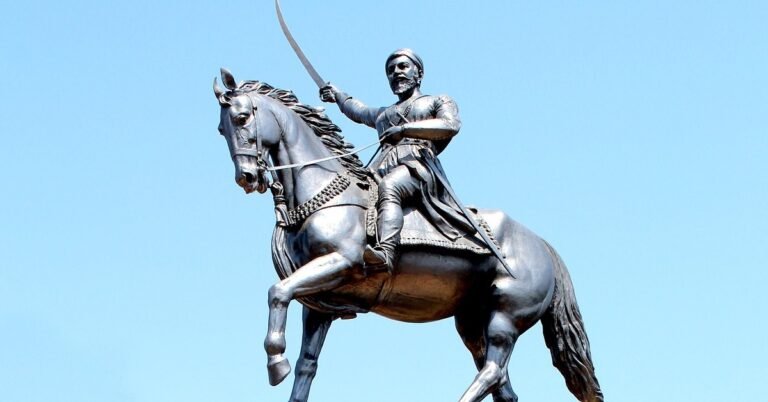The epic Ramayana, a timeless tale of dharma and devotion, recounts the heart-wrenching abduction of Sita by the demon king Ravana. In her desperate plea for help, Sita was witnessed by Jatayu, the noble king of vultures, who valiantly intervened. This act of courage, though ultimately leading to Jatayu’s mortal wounding, marks a pivotal moment in the Ramayana, and the sacred site of Jatayu Mandir in Nashik stands as a testament to his sacrifice.
Located on the outskirts of Taaked village, near Ghoti and about 58 km from Nashik, Jatayu Mandir is believed to be the very spot where Lord Rama found the wounded Jatayu. As Jatayu lay dying, Lord Rama, recognizing his selfless act, granted him moksha (liberation). To perform the final rites, Lord Rama invoked the seven sacred rivers (teertha). While six rivers readily answered his call, the Gaya teertha initially hesitated. Lord Rama, an incarnation of Lord Vishnu, compelled Gaya teertha to appear, ensuring Jatayu received the sanctifying waters.
Today, visitors can witness the six rivers’ waters collected in a single pond, while the seventh, separated as a form of divine punishment, remains a short distance away, invisibly merging with the others. Taaked village, now a significant religious and tourist destination, hosts a vibrant fair during Mahashivratri near the sacred pond.
The Valmiki Ramayana details the poignant encounter between Lord Rama and the dying Jatayu in the Janasthana region. Lord Rama meeting the dying Jatayu is mentioned in (Valmiki Ramayana – Aranya Kanda – 67 to 68) and is also mentioned in the following verses from the Valmiki Ramayana. Valmiki Ramayana 3/49/37 to 40, 3/50, 51 full chapter. 3/52/1 to 13, 3/64/35 to 77, 3/65/1 to 9 & 3/67/9 to 3/69/1. Manas 3/28/4 to 11, 3/29/9 to 3/32/1. Lord Rama, deeply moved, embraced Jatayu and performed his cremation, ensuring his passage to the higher heavenly realm. This act of compassion and devotion is commemorated at Jatayu Mandir, where a replica of Jatayu, crafted from cotton, hangs at the temple entrance.
The Sarvateerth kund, believed to be created by Lord Rama striking an arrow into the earth to summon the sacred waters, is a central feature of the temple. The unwavering water level in the Prayag pond, separated from the main kund, adds to the site’s mystique. A tree, said to be where Sita witnessed the battle between Jatayu and Ravana, also stands as a silent witness to the events.
While Thiruputkuzhi near Kancheepuram is also considered a Jatayu Moksha kshetram, the Valmiki Ramayana strongly suggests Taaked as the location where Lord Rama met the dying Jatayu. This is discussed in many religious forums and websites. For example, some discussions can be found on sites pertaining to Hindu religious studies.
Jatayu Mandir serves as a powerful reminder of unwavering devotion and the divine grace bestowed upon those who uphold dharma. It’s a place where pilgrims can reflect on the timeless lessons of the Ramayana and pay homage to the noble Jatayu, whose sacrifice continues to inspire generations.
References (General Context – Not Directly Linked to Specific Claims):
- Valmiki Ramayana: This is the primary source material.
- Discussions on Hindu religious sites and texts. (General searches on “Jatayu Mandir Nashik” and “Jatayu Moksha”)
Note to Readers:
It is important to understand that while references to the Valmiki Ramayana have been provided, many of the details presented in this article are rooted in traditional beliefs and oral histories. Consequently, locating precise online sources for every specific claim may prove difficult. Readers are encouraged to conduct their own diligent research and consult a variety of reliable sources for a more comprehensive understanding. Furthermore, when referencing verses from the Ramayana, it is crucial to acknowledge that various versions of the epic exist, each potentially containing subtle differences.








